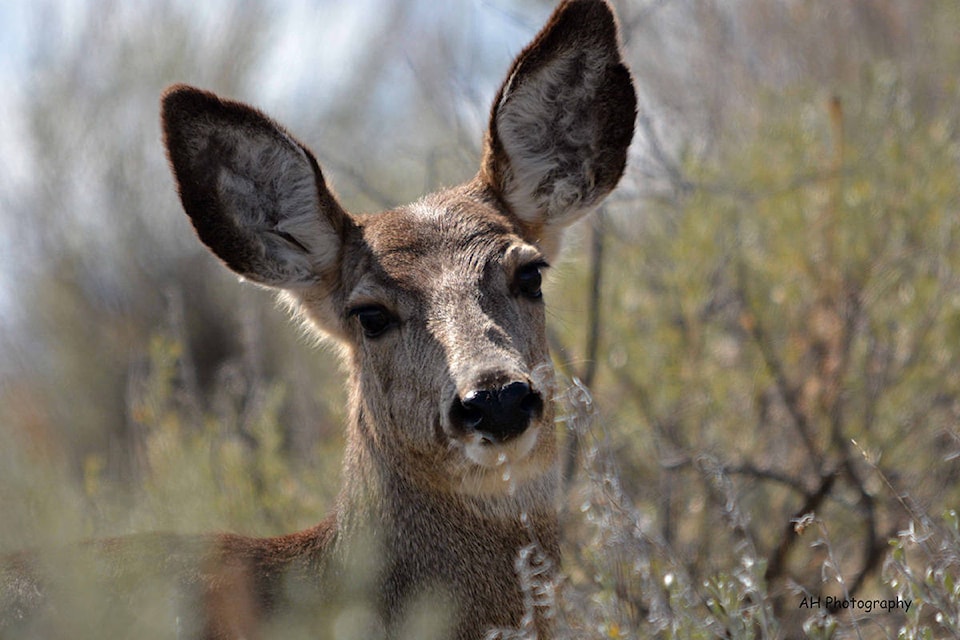A new study will examine how landscape changes are affecting mule deer populations in British Columbia.
The study is being conducted by the B.C. Wildlife Federation, in collaboration with the Okanagan Nation Alliance, the University of B.C. Okanagan, the University of Idaho and the B.C. Fish and Wildlife Branch.
Government sources will contribute $115,000 of the funding necessary for the project.
The research will examine how landscape changes affect mule deer populations and the predator-prey community.
Studies will be conducted in the Kettle, Peachland/Garnett Valley and Elephant Hill Fire areas.
In each study area, 20 to 30 mule deer does will be collared this year. Depending on the funding, 20 fawns in each area will be collared next year.
Organizers say this will give researchers an idea of migration routes, habitat selection, effects of roads and effectiveness of winter range protection orders, as well as survival rates, causes of mortality and the effectiveness of highway wildlife crossing structures in the Peachland study area.
Trail cameras will also be used to gather data about the deer populations and other animals interacting and competing with the mule deer.
Later, vegetation sampling to learn what the mule deer are eating, what their competitors are eating , which forage species they prefer and which plants might be suppressed.
The two universities are contributing in-kind support, donating the trail cameras and providing a PhD student for the project.
The researchers also want to purchase an ultrasound to check on captured mule deer body condition and pregnancy rates. The ultrasound is expected to cost between $25,000 and $30,000.
The initial collaring is expected to cost at least $60,000, in addition to government funding.
